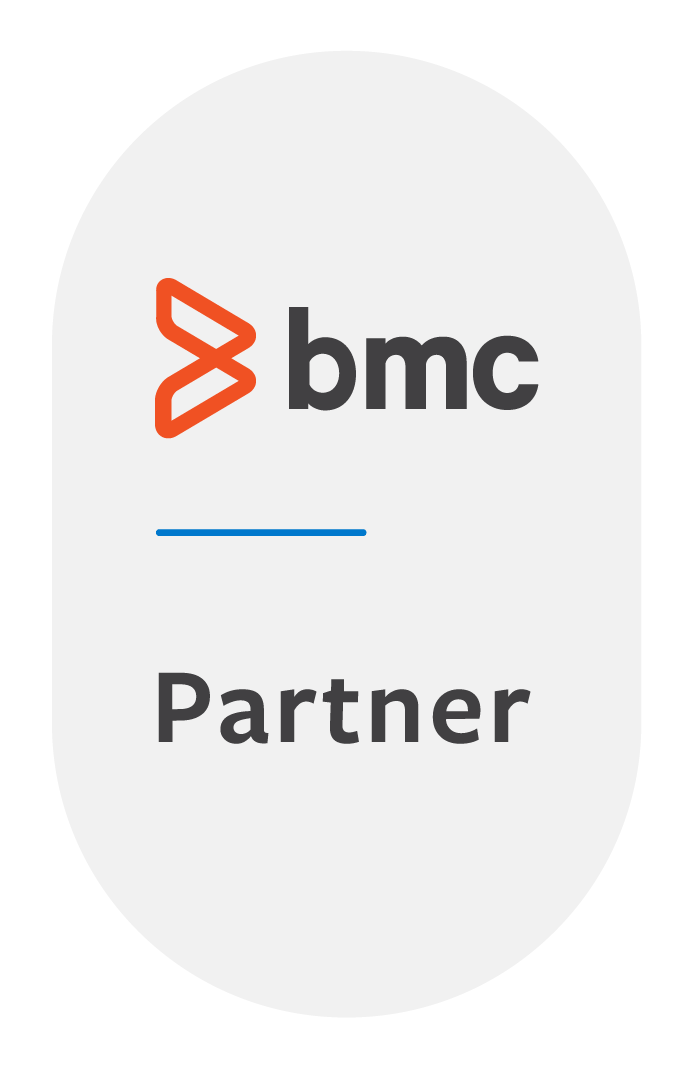As an official partner of ServiceNow in Switzerland, we are delighted that our technology partner ServiceNow has been named a Leader in the Gartner Magic Quadrant Enterprise Low-Code Application Platforms for the third year in a row. This still places ServiceNow among the leading providers of low-code platforms. With the ServiceNow App Engine, the company helps customers rapidly build low-code enterprise workflow apps that they can deploy on a single platform, the ServiceNow Platform.
Digital transformation is in full swing and the market is demanding a more agile, productive way to develop software. That’s why ServiceNow has reduced development barriers with low-code tools and streamlined support on a native integrated platform, enabling organizations to respond faster to changing business needs.
Making application development more accessible
Gartner estimates that “by 2025, 70% of new applications developed by enterprises will use low-code or no-code technologies, up from less than 25% in 2020”.1
ServiceNow makes enterprise application development more accessible – with out-of-the-box experiences, components and templates for app development. Its unique design provides end-to-end visibility to manage the entire development process and ensure app quality and data security.
Developers can use the Automation Engine to connect ServiceNow apps to any modern or legacy system across the enterprise. The product enables organizations to connect isolated systems, processes and people from one platform to support them in their hyper-automation and low-code projects.
Focus on governance
At the intersection of technology, people, artificial intelligence (AI), automation and workflows, the lines between IT and business units are increasingly blurred, and more and more technology products and services are being developed by people who are not technology experts.
Seamless collaboration between an organization and IT requires equal parts agility and control. Gartner predicts that “by 2023, the number of active nonprofessional developers in large enterprises will be at least four times the number of professional developers”.2
Proper governance is needed as low-code applications developed by individual business units spread throughout the enterprise. This is the only way to ensure service-level management and accountability for low-code apps while preventing their proliferation. That’s why ServiceNow helps organizations scale low-code apps with security and governance built into the ServiceNow platform.
A single data model and architecture on a unified platform enables customers to manage low-code application development with:
- Templates for non-professional developers
- Access permissions
- Integrated component quality and security
This allows organizations to track all events during application development and all developer activity from a single dashboard, and enforce their corporate standards across all applications. Employees can securely collaborate and build applications that meet their needs without worrying about disrupting the application development process.
1 Gartner, Harness the Disruptive Powers of Low-Code: A Gartner Trend Insight Report, Jason Wong, Kyle Davis, July 18, 2022.
2 Gartner, How to Define and Guide Citizen Development Practices, Jason Wong, Saikat Ray, Wan Fui Chan, Adrian Leow, April 20, 2021.
The original article from ServiceNow can be found here.










